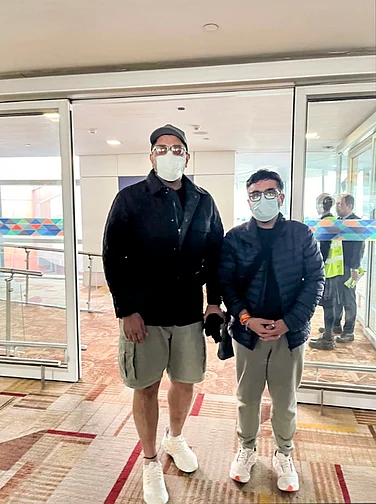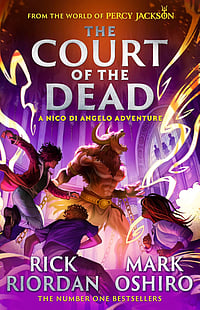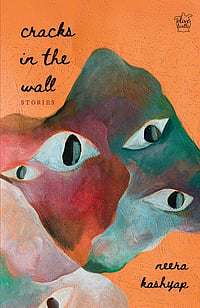Why We Die: The New Science of Aging And the Quest for Immortality
Venki Ramakrishnan
Hachette India/Hodder & Stoughton
INR 699/
The title is a stopper – does it tell us about the secrets behind death? Is it a voyage into new spiritual awareness? Venki Ramakrishnan’s book is none of these things. It briefly mentions the spiritual significance behind death and aging, Abrahamic principles et al in the first chapter but goes on to explain that it is a purely scientific analysis of why people do not live forever. Nonetheless people have tried their best to extend their lives, their beauty, disguise their years and cheat people into believing that they are ageless. The Bible does, in fact, mention Methuselah who lived for 900 years or more and one might gather from the Old Testament that people lived longer in Biblical times. Nowadays, people are in fact leading longer lives that they did 150 years ago, which might suggest that medical advancements have made progress, and that eternal living might just be possible.
However, Ramakrishnan debunks the myths as he finds them, pointing out that Jeanne Calment who lived to be 122 was born before antibiotics and most inoculations but none the less managed to survive. His question is, what does cutting edge medical research really have to do with it – and in any case most of those who lived beyond 100 seemed to be women. So, is it something to do with the female gene pool?
He describes ageing as ‘an accumulation of chemical damage to the molecules inside our cells, which damages the cells themselves and therefore the tissue and then eventually us as an organism.’ Otherwise, the DNA in a system is filled with corrective codes inside nuclei which can repair damage or even generate new independent cells in the system. He talks about generating frogs by implanting nuclei in cells and goes on to expand on the story of Dolly the sheep, which was a not entirely successful cloning experiment though other lesser-known cloned sheep lived full length lives. Human cloning is, however, forbidden and the question is if you clone someone, is it the same person?
Ramakrishnan talks about the longevity of animals – the larger ones like whales outlive the rest – among insects the Queen Bee who leads a stress-free life pampered on royal jelly outlives the humble workers. People on the other hand are prone to stress – pregnant mothers who went through the World War 11 famine in the Netherlands gave birth to children who inherited a deprivation of cells. Certain cells like those of the naked mole rat can repairs themselves by reversing to default settings. He covers findings that span various aspects of cellular research and intersperses them with anecdotes and memoirs. There are those who follow the examples of the Egyptian mummies and request that their bodies be cryopreserved in nitrogen to be brought back to life centuries later once science advances to that level. People will do anything it seems to achieve immortality as delving into the physical eco system throws up more discoveries of the achievements of cells and the possibilities for altering their coding.
The world has places marked as Blue Zones where people live longer than anywhere else. The term was first coined by the Italian epidemiologist Gianni Pes and the Belgian demographer Michel Poulain, who were exploring mortality rates in Sardinia. Delving into why people lived longer in the Blue Zones threw up all the common-sense advice that’s been passed on through the ages, good diet which prevents DNA mutations social connection, including religion and exercise. However, long life with good health till the end is another of those things that scientists have to work to ensure long lived animals are ultimately killed by predators while long lived people often have to struggle with health issues.
One might wonder why a scientist starts pondering on death and immortality, albeit in reasoned flowing prose, then one discovers that Ramakrishnan is 70 and worried about the usual problems of forgetfulness – though he was always forgetful – and the horror of Alzheimer’s. Age is the time to think about death and, if you are a scientist, wonder why science has not come up with a solution to the eternal problem. Written along the lines of Siddhartha Mukherjee’s work Why We Die will attract many readers though remembering and piecing together the names and experiments will give the little grey cells a good work out.



























